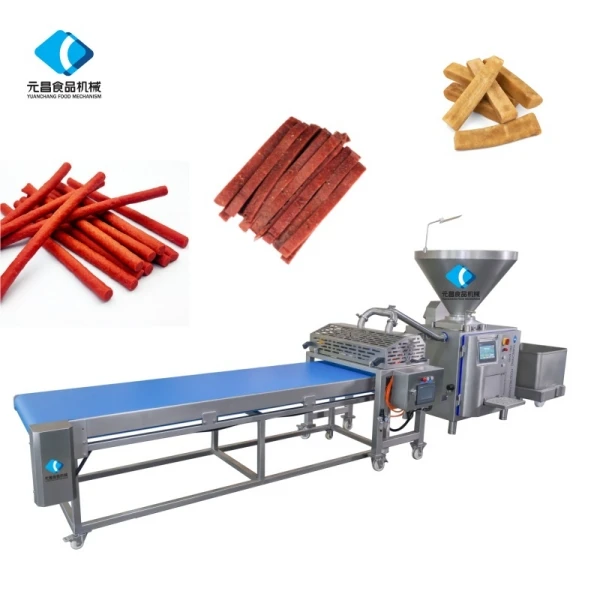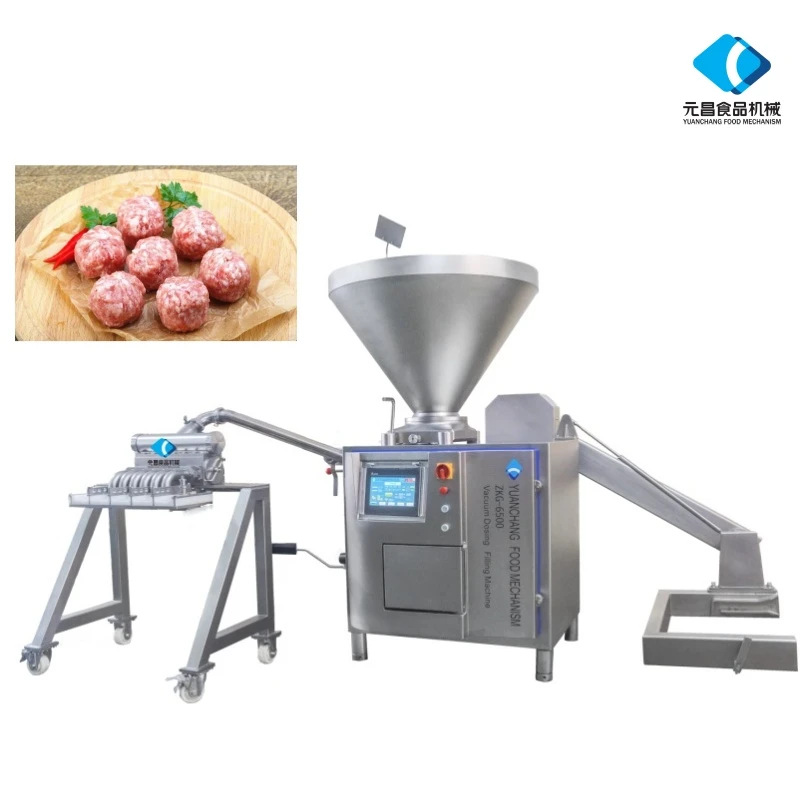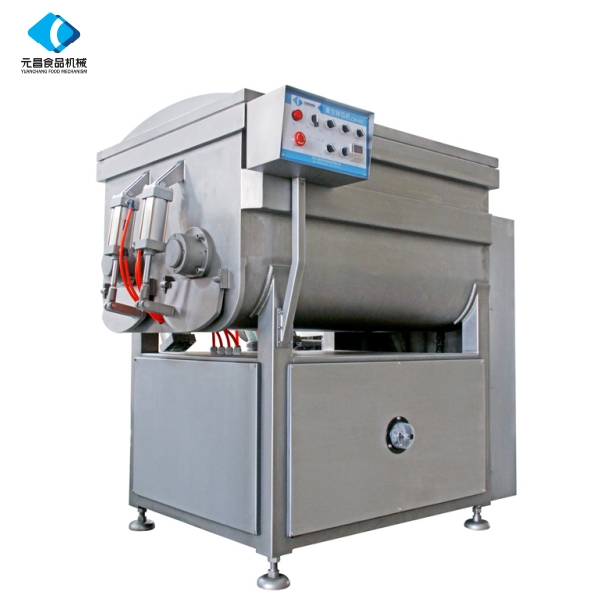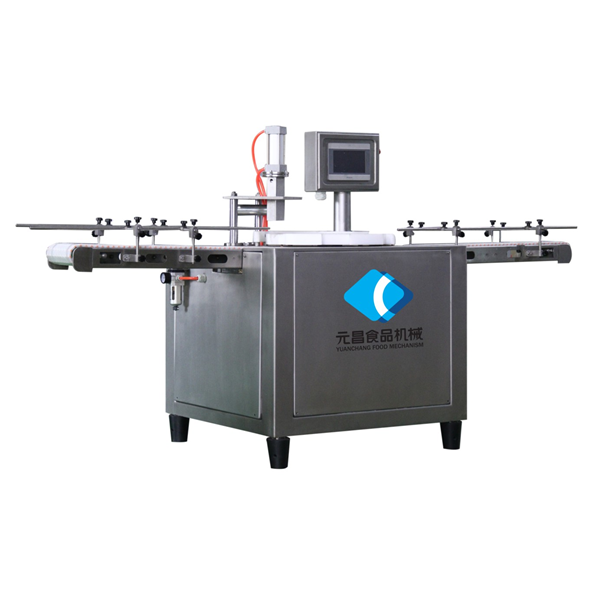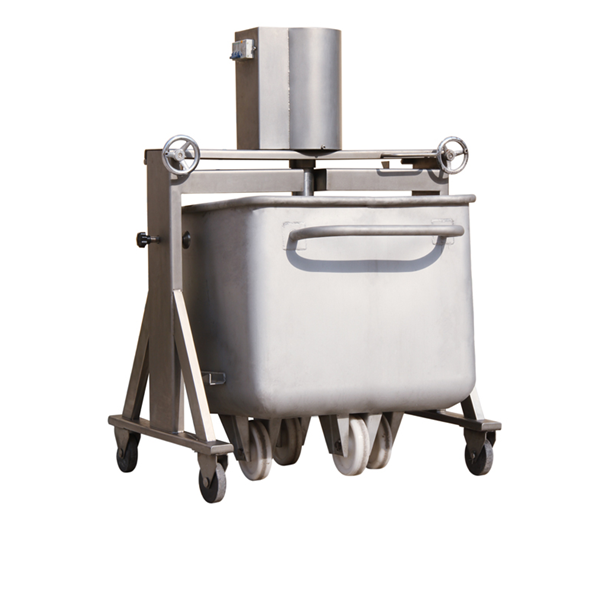- Afrikaans
- Albanian
- Amharic
- Arabic
- Armenian
- Azerbaijani
- Basque
- Belarusian
- Bengali
- Bosnian
- Bulgarian
- Catalan
- Cebuano
- chinese_simplified
- chinese_traditional
- Corsican
- Croatian
- Czech
- Danish
- Dutch
- English
- Esperanto
- Estonian
- Finnish
- French
- Frisian
- Galician
- Georgian
- German
- Greek
- Gujarati
- haitian_creole
- hausa
- hawaiian
- Hebrew
- Hindi
- Miao
- Hungarian
- Icelandic
- igbo
- Indonesian
- irish
- Italian
- Japanese
- Javanese
- Kannada
- kazakh
- Khmer
- Rwandese
- Korean
- Kurdish
- Kyrgyz
- Lao
- Latin
- Latvian
- Lithuanian
- Luxembourgish
- Macedonian
- Malgashi
- Malay
- Malayalam
- Maltese
- Maori
- Marathi
- Mongolian
- Myanmar
- Nepali
- Norwegian
- Norwegian
- Occitan
- Pashto
- Persian
- Polish
- Portuguese
- Punjabi
- Romanian
- Russian
- Samoan
- scottish-gaelic
- Serbian
- Sesotho
- Shona
- Sindhi
- Sinhala
- Slovak
- Slovenian
- Somali
- Spanish
- Sundanese
- Swahili
- Swedish
- Tagalog
- Tajik
- Tamil
- Tatar
- Telugu
- Thai
- Turkish
- Turkmen
- Ukrainian
- Urdu
- Uighur
- Uzbek
- Vietnamese
- Welsh
- Bantu
- Yiddish
- Yoruba
- Zulu
Meat Processing Equipment for Efficient Production
Meat processing equipment plays a crucial role in the food industry, helping businesses prepare meat products quickly, efficiently, and consistently. From small-scale butcher shops to large meat processing plants, investing in high-quality meat processing equipment can significantly improve your production efficiency, reduce labor costs, and maintain high standards of hygiene and safety. If you're looking for meat equipment for sale or wholesale meat processing equipment, understanding the types of equipment available and their functions will help you make an informed purchasing decision.

Types of Meat Processing Equipment
Meat Grinders
- Function: Meat grinders are used to grind fresh or frozen meat into smaller pieces, making it easier to prepare for sausages, ground meat, or other meat products.
- Key Features: Powerful motors, adjustable grinding plates for different meat textures, and easy-to-clean components are essential in a good meat grinder.
- Price Range: Depending on size and power, meat grinders can range from affordable manual models to high-end commercial machines.
Meat Slicers
- Function: Meat slicers are used to slice meat into uniform thicknesses for products like deli meats, cold cuts, or steaks.
- Key Features: A sharp blade, adjustable slicing thickness, and easy-to-use controls are important for accurate, consistent slices.
- Price Range: Commercial meat slicers can vary in price, with heavy-duty machines for industrial use being more expensive.
Sausage Stuffers
- Function: Sausage stuffers are used to fill sausage casings with meat mixtures, creating uniform sausages.
- Key Features: Manual or electric options, with varying sizes and capacities, allow you to customize sausages efficiently.
- Price Range: Prices vary based on capacity and automation level. Small-scale models may cost less, while high-capacity, electric versions are pricier.
Meat Mixers
- Function: Meat mixers are used to mix meat and seasonings, ensuring an even distribution of flavors in products like sausages, meatballs, and patties.
- Key Features: Large mixing bowls, powerful motors, and easy-to-clean parts are essential in a good mixer.
- Price Range: Industrial-sized meat mixers can be more expensive, but smaller models are available for lower prices.
Vacuum Tumblers
- Function: Vacuum tumblers are used for marinating meat by applying vacuum pressure, allowing seasonings to penetrate the meat more efficiently.
- Key Features: Adjustable speeds, stainless steel construction, and efficient vacuum systems are important for maximizing flavor infusion.
- Price Range: Prices for vacuum tumblers vary based on capacity and automation features.
Meat Injectors
- Function: Meat injectors are used to inject brine or marinade into meat products, improving flavor and texture.
- Key Features: Multiple needles, adjustable pressure, and easy-to-clean components are important features.
- Price Range: Prices can vary depending on size, with manual injectors being less expensive than automated models.
Smokehouses and Ovens
- Function: Smokehouses and ovens are essential for cooking, curing, or smoking meat products.
- Key Features: Programmable controls, adjustable temperatures, and even heat distribution are important for a high-quality smokehouse.
- Price Range: Smokehouses and ovens range from small countertop units to large industrial models, with prices reflecting size and functionality.
Factors to Consider When Purchasing Meat Processing Equipment
Production Volume: Consider how much meat you process daily. Larger businesses will need higher-capacity equipment, while smaller operations may be able to work with more compact models.
Automation Level: Decide whether you need automated or manual equipment. Automated machines are more expensive but offer higher efficiency and consistency, making them ideal for large-scale operations.
Space Availability: Make sure to measure the space in your facility to ensure the equipment you choose will fit. Larger machines may require more space and additional infrastructure.
Hygiene and Safety: Meat processing equipment must meet food safety and hygiene standards. Stainless steel construction, easy-to-clean surfaces, and safety features are essential for maintaining sanitary conditions.
Budget: Prices for meat processing equipment can vary widely based on features, capacity, and brand. It's essential to balance the cost of the equipment with your budget and production needs.
Investing in high-quality meat processing equipment is essential for improving the efficiency, quality, and consistency of your meat production processes. Whether you are a small business or a large-scale operation, there is a wide range of equipment available to suit your needs. By considering factors such as production volume, automation level, space, and hygiene standards, you can select the right tools for your business. Whether you're buying meat equipment for sale or wholesale meat processing equipment, there are plenty of options available online, from wholesalers, and through local suppliers.
When purchasing meat processing equipment, make sure to choose machines that align with your production goals and ensure the highest quality and safety standards.
-
Safety Standards for Smoke House Equipment OperationNewsJul.11,2025
-
Quality Control Measures in Meat Filler ProductionNewsJul.11,2025
-
How to Evaluate the Capabilities of Meat Processing Machinery ManufacturersNewsJul.11,2025
-
Applications of Sausage Filler in Small - Scale ButcheriesNewsJul.11,2025
-
Applications of Beef Aging Machine in Professional KitchensNewsJul.11,2025
-
Vacuum Meat Tumbler Machine SolutionsNewsJun.10,2025





